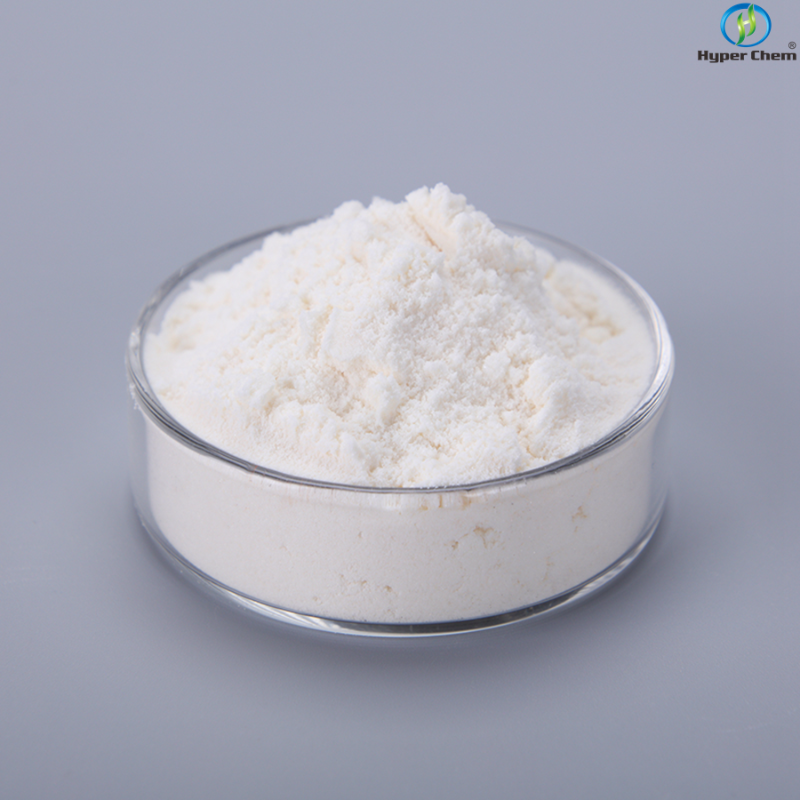-
Categories
-
Pharmaceutical Intermediates
-
Active Pharmaceutical Ingredients
-
Food Additives
- Industrial Coatings
- Agrochemicals
- Dyes and Pigments
- Surfactant
- Flavors and Fragrances
- Chemical Reagents
- Catalyst and Auxiliary
- Natural Products
- Inorganic Chemistry
-
Organic Chemistry
-
Biochemical Engineering
- Analytical Chemistry
-
Cosmetic Ingredient
- Water Treatment Chemical
-
Pharmaceutical Intermediates
Promotion
ECHEMI Mall
Wholesale
Weekly Price
Exhibition
News
-
Trade Service
When it comes to primary immune thrombocytopenia (ITP), doctors and friends must be familiar with it, "at least 2 consecutive blood routine tests show a decrease in platelet count (< 100×10<b10>9/L) [1]" The incidence is about (2~10)/100,000 people, and most of the people over 60 years old and women of childbearing age [2, 3].
"] "Physical examination can show skin ecchymosis or purpura, which is generally more common at the distal end of the limbs; Mucosal bleeding is more common with oral mucosal blood blisters, bleeding gums and nosebleeds" "In addition, other diseases that may cause thrombocytopenia need to be ruled out".
.
.
Doctors can judge the severity of ITP patients through platelet counts, and the treatment of ITP patients needs to be "treated"
from person to person.
Patients with platelet count ≥ 30×109/L and no bleeding can be temporarily observed; Platelet count < 10x10<b12>9/L, or severe bleeding or risk of bleeding, should use high-dose hormones and other emergency treatment; In addition to the above conditions, other ITP patients need to gradually choose first-line, second-line, and third-line step therapy according to the treatment effect, and decide follow-up treatment or follow-up observation according to platelet recovery [1].
To learn more about primary immune thrombocytopenia, please click the figure below to enter the diagnosis and treatment knowledge base product of Yimaitong - "Medical Knowledge Source Disease Knowledge Base"
.
The knowledge of primary immune thrombocytopenia disease written by Dr.
Qi Jiaqian of the First Affiliated Hospital of Soochow University comprehensively shows the epidemiology, pathogenesis, diagnosis and treatment process, diagnostic criteria, treatment rules and drug treatment plan
of primary immune thrombocytopenia.
Recommended reading
#
Check the diagnosis and treatment plan, how "6" is "Medical Knowledge Source"? Immerse yourself in it
#Fighting with breast cancer, how to avoid breaking "hearts"?
#Immune checkpoint inhibitors are a "double-edged sword", can cure disease, can also cause disease? Prevention and treatment strategies for cardiovascular injury are → here
Chinese guidelines for the diagnosis and treatment of primary immune thrombocytopenia in adults (2020 edition)[J].
Chinese Journal of Hematology, 2020, 41 (08): 617-623 [2] Moulis G, Palmaro A, Montastruc JL, et al.
Epidemiology of incident immune thrombocytopenia: a nationwide population-based study in France[J].
Blood, 2014, 124(22): 3308-3315.
[3] Lee JY, Lee JH, Lee H, et al.
Epidemiology and management of primary immune thrombocytopenia: A nationwide population-based study in Korea[J].
Thromb Res, 2017, 155: 86-91.
Typesetting: CherryExecution: Cherry
Disclaimer: This platform is designed to deliver more medical information
to healthcare professionals.
The content published on this platform cannot replace professional medical guidance in any way, nor should it be regarded as diagnosis and treatment advice
.
If such information is used for purposes other than understanding medical information, this platform does not assume relevant responsibilities
.
The content published by this platform does not mean that it agrees with its description and views
.
If copyright issues are involved, please contact us and we will deal with
it as soon as possible.
Poke "Read Original" to see more







